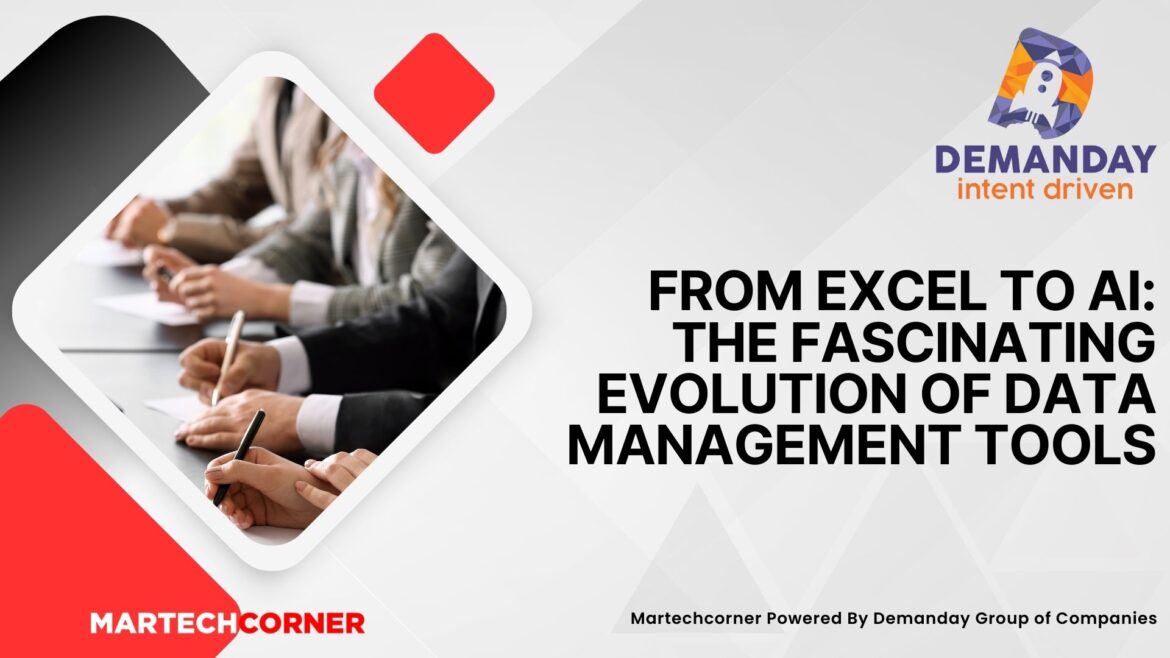In our data-driven world, managing information has come a long way from the days of simple spreadsheets. If you’ve ever struggled with Excel formulas or wrangled with data in rows and columns, you know how challenging traditional data management can be. But, fear not! The evolution from Excel to AI has transformed how we interact with data, making it more accessible, powerful, and insightful than ever before. Let’s explore this journey together!
The Humble Beginnings: Excel and the Power of Simplicity
Remember the first time you opened Excel? It was a game-changer for many of us. With its grid of rows and columns, Excel allowed users to input, organize, and analyze data like never before. You could create charts, use formulas, and share your spreadsheets with colleagues. However, as your data sets grew, you might have found Excel limiting. When you realized that managing hundreds or thousands of rows became tedious, you might have wondered if there was a better way. Spoiler alert: there is!
The Advent of Databases: Taking Control of Your Data
As the demand for more complex data management grew, so did the need for efficient storage solutions. Enter databases! These systems allowed for the organization of vast amounts of data without the constraints of Excel. You could structure, query, and analyze data more effectively with options like SQL, Access, and later cloud databases. If you’ve ever written an SQL query to pull the exact data you need, you know how empowering that can be. But alongside these advantages came the complexities of learning new languages and managing systems, which could be daunting for many.
The Rise of Business Intelligence Tools: Seeing the Bigger Picture
Next on our journey, we encounter Business Intelligence (BI) tools. With the advent of tools like Tableau, Power BI, and Qlik, unprocessed data could now be beautifully and interactively visualized. If you’ve ever dived into a BI tool, you likely felt that excitement when turning numbers into insights. These tools let you explore trends and patterns without needing to be a data scientist. As a result, data-driven decision-making became not just a buzzword but a reality for businesses everywhere. It was an inspiring time, opening up data analytics to a wider audience.
Enter AI: The Future of Data Management
Now, let’s fast forward to today, where AI has taken the stage. AI-driven data management tools are making waves by automating repetitive tasks, predicting trends, and even generating insights. Have you heard of tools like Microsoft Power Automate or Google Cloud’s AutoML? These systems leverage machine learning to help you analyze data more intuitively. Imagine having an assistant that not only manages your data but also suggests actions based on trends and anomalies. AI is not just enhancing your data capabilities; it’s transforming the entire landscape.
Embracing the Change: Finding What Works for You
With all these advancements, you might be wondering: where do I fit in? The beauty of this evolution is that it opens up opportunities for everyone. Whether you’re a small business owner, a marketer, or a data analyst, there are tools available that match your skill level and needs. The key is to explore and find the right combination of tools that work for you. It’s about making your data work for you, not the other way around.
Looking Ahead: What’s Next in Data Management?
As we stand on the brink of even greater advancements in data management technologies, one thing is clear: the future is bright. Generative AI, advanced analytics, and even more intuitive user interfaces are on the horizon. You’ll soon be able to harness insights faster and more efficiently than ever. So, whether you’ve been an Excel aficionado or a data novice, prepare to embrace the next phase in this exciting journey.
In summary, the development of data management technologies from Excel to AI has been an amazing journey. It’s a journey that reflects not just advancements in technology but also the way we think about and use data. As you continue navigating this landscape, remember: that the tools may change, but your ability to harness data for insights remains your greatest superpower.


